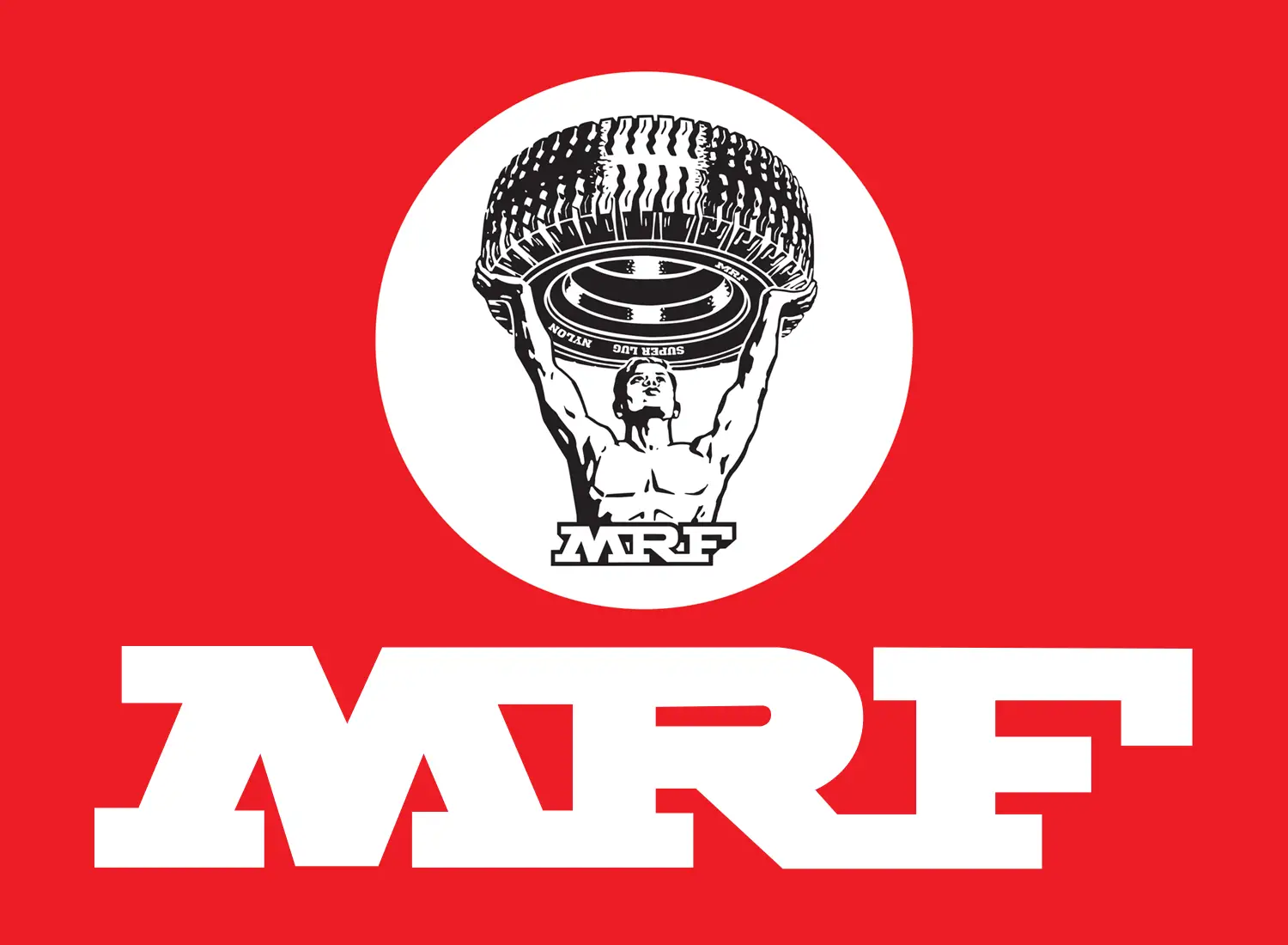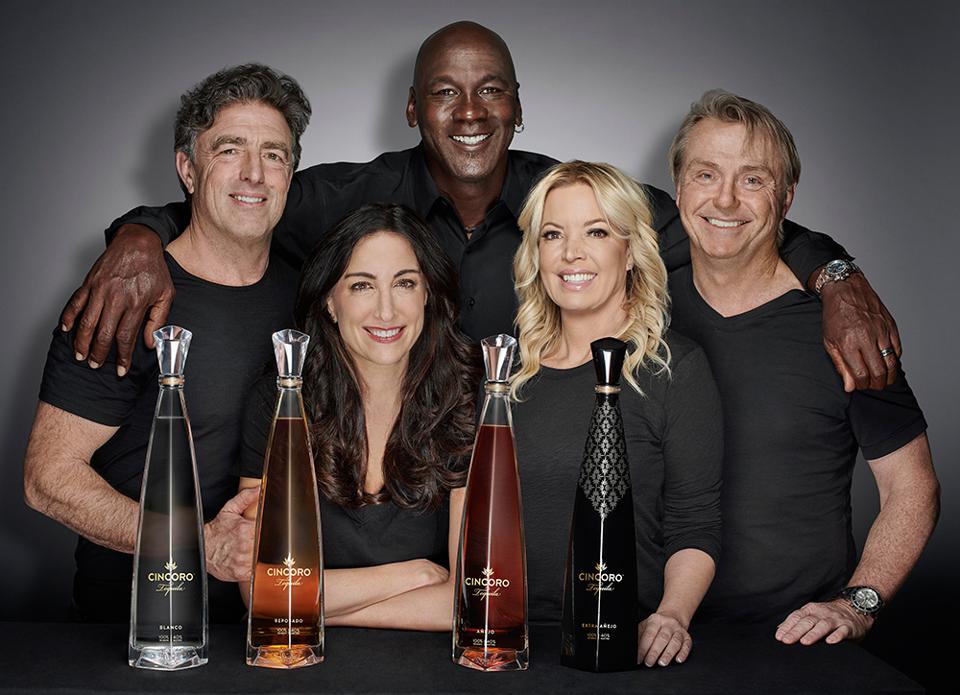Unforgotten Brands: MRF

This Indian tyre company has become a successful multinational thanks to the vision of its founder and his successors
K. M. Mammen Mappillai was born in 1922. The Kandathil family had nine children in all, with him being the youngest of eight boys and one girl. His father ran a bank and the Manorama newspaper. Unfortunately, the family lost everything when the royal state of Travancore imprisoned his father for two years and confiscated all of their property. In college, KM slept on the floor of St. Thomas’ Hall when his father was detained.
After Mammen Mappillai finished college, he and his scientist wife, Kunjamma, set up a little toy balloon factory in a shed. They used to produce all sorts of toy balloons
As the automobile industry grew in the years immediately after WWII, the seaside suburb of Tiruvottiyur, which was once North Madras in Tamil Nadu, was a part of the auto belt. Big industries and several small-scale firms call this densely populated area in what is now Chennai home. People also rely on fishing as a main source of income. This is the site of its initial formation—the Madras Rubber Factory.
The business began producing latex cast toys, gloves, and birth control in 1949.
Retreading Tyres
It started making tread rubber, which could make old tyres last longer, in 1952. His cousin had a network of tyre-retreading factories that imported tread rubber from other countries.
He so chose to get into the tread rubber production industry. His ‘tread rubber,’ which could prolong the life of a worn tyre, became an instant success.
MRF quickly became the sole Indian-owned unit producing this type of tread rubber, putting them in direct competition with the multinationals already present in the country. However, MRF’s unmatched commitment to quality allowed them to capture half of the market.
Because of MRF’s stranglehold on the market, major MNCs had no choice but to pull out of the industry.
Tyre Manufacturing
Once again, Mammen Mappillai and MRF chose to expand after a period of stable growth.
Back in the day, the three multinational tyre companies—Dunlop, Firestone, and Goodyear—had a stranglehold on the Indian market.
The extent to which these multinational corporations were dominating the tyre market became clear to the government when the Tariff Commission began its investigation. They had complete control
Additionally, they realised that tyres are essential for the transportation of any army. Consequently, these businesses may readily band together and demand ransom from the government in the event of a war or other calamity.
Because of this, the government began actively courting and supporting Indian firms in the rubber sector as a means of combating the crisis.
Initial Challenges
The four main companies that made it to the final list were MRF, Premier, Incheck, and National.
Now, as a brilliant businessman, he was well aware that venturing into this field would entail several hazards. There was more danger than met the eye since this was a capital- and technology-driven business dominated by three massive international corporations.
Yet he still went ahead and jumped with the other three Indian groups. He did things differently, though, by teaming up with a tiny US tyre manufacturer named Mansfield Tyre & Rubber, Ohio.
His tyre factory was inaugurated by the then Prime Minister, Pandit Nehru, in 1961. The firm debuted on the stock markets and had its initial public offering (IPO) that same year!
Having said that, issues did arise. The US-based tyre business that he had cooperated with and their technology, were not fit for the Indian road conditions or, for that matter, the overload economics of the truck sector in India.
Foreign companies began spreading the word that Indian companies could not make tyres, which worsened the situation as product defects piled up.
The Indian firms back then were completely dependent on Dunlop for all government orders, even though India had been an independent nation for 18 years.
The three MNCs openly engaged in a pricing alliance had already made life extremely difficult for these young Indian businesses. Before this, the three foreign companies’ club would determine the relative contributions of each and the amount of fragments to be given to the Indians.
Even worse, when KM brought up the fact that MRF should have a bigger share of these government orders at an industry meeting, he was informed that they could only get what Dunlop decided!
At their wit’s end, MRF chose to bring the matter to the attention of government officials.
The government swiftly reversed their method and started placing proper equitable orders directly with each company in response to the gravity of the situation. Therefore, MRF has an equal opportunity to compete!
Marketing
With the playing field levelled, MRF also began spending on brand promotion and sought to increase its market share. They hoped to give the firm a new image that would attract more customers.
Mammen Mappillai took advantage of this by contacting numerous advertising agencies. Lintas & Alyque Padamsee were finally assigned this task
Following Lintas’s decision to solicit customer feedback on tyres, they spoke with several truck drivers and learned that, in their opinion, tyres should be robust and reflect the driver’s power. In 1964, the MRF Muscle Man came into existence. For MRF, the “Muscleman” was a symbol of the rugged durability of their tyres.
Economic Nationalism
Mammen Mappillai was also a strong advocate of economic nationalism. No doubt, MRF had tied up with Michelin of France. But when the mutual trust evaporated steadily in the face of Michelin’s breach of cooperative faith, MRF went all out to stop the multinational on its track. At first, Michelin was involved only as a technical advisor. To enter the aircraft tyre manufacturing market, MRF sought a 51% stake in the company. MRF declined. However, with a stake in the single digits, it accommodated Michelin in MRF. According to reports, Michelin grew increasingly ambitious over time. Because of that, their relationship deteriorated. MRF had to escalate the issue to New Delhi. Finally, Michelin had to give in. It departed MRF by selling its shares back.
MRF remains, possibly, the lone competitor in the domestic market to compete without an outside partner.
The original balloon business from Tiruvottiyur has now become a multi-billion-dollar tyre company.
Reference
https://www.ndtvprofit.com/business/mrf-a-truly-make-in-india-story-turning-75



